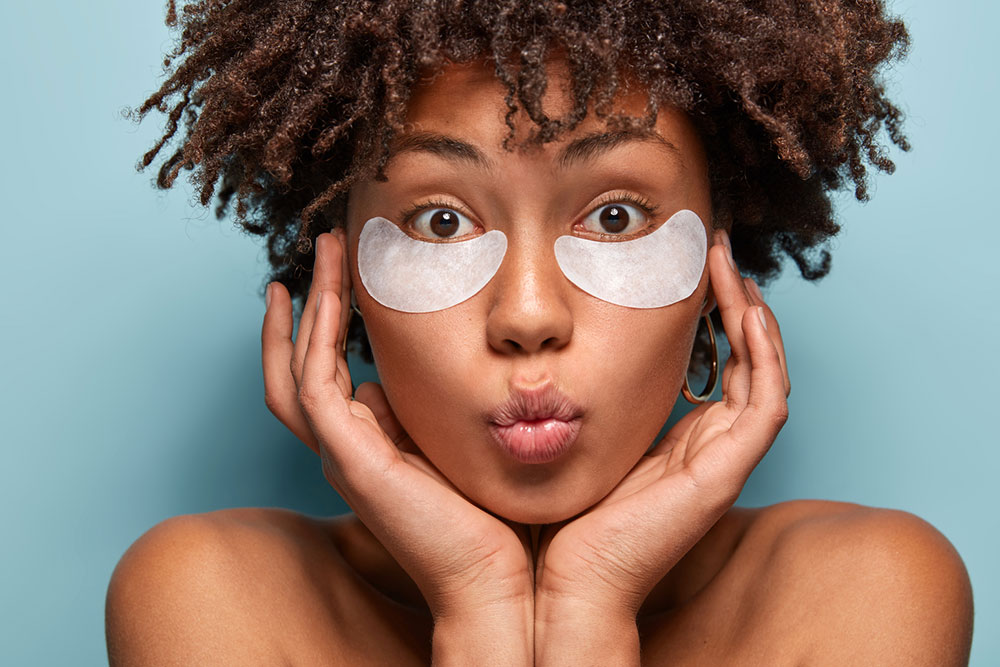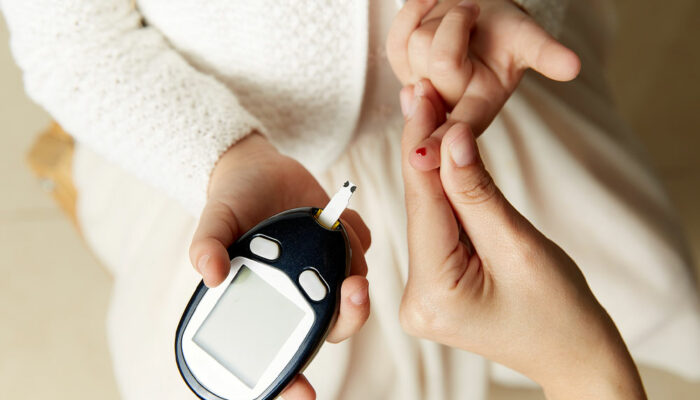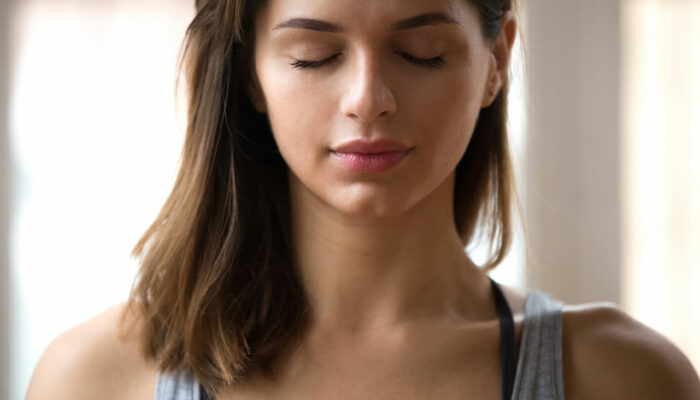9 tips for concealing under eye bags and circles like a pro

The eyes usually reveal a lot about a person’s emotions and well-being. So, they could easily represent signs of fatigue, stress, and aging, resulting in the dreaded under-eye bags and dark circles. Moreover, under-eye concerns may make even a well-rested person appear tired and worn out. Luckily, there are expert techniques to flawlessly conceal under-eye bags and circles. Here are nine tips to help one achieve a refreshed and rejuvenated appearance.
Prepare and hydrate the skin
The key to flawless makeup application, especially in the delicate under-eye area, is proper skin preparation. One should start by gently cleansing their face to remove any dirt, oils, or makeup residue. Afterward, they must apply a hydrating moisturizer to the entire face, paying extra attention to the under-eye area. When addressing under-eye bags and dark circles, a moisturizer infused with hyaluronic acid can be particularly beneficial. Hyaluronic acid helps plump and hydrate the skin, reducing the appearance of fine lines and creating a smooth canvas for makeup application.
Choose the right concealer
Selecting the right concealer is crucial when aiming to conceal under-eye bags and dark circles. The ideal concealer shade should be slightly lighter than the individual’s natural skin tone, helping to brighten the under-eye area. Creamy concealers with good coverage are typically preferred for this purpose. One must try to pick concealers with a peach or salmon undertone to neutralize the blue or purple hues often associated with dark circles.
Color-correct dark circles
For those battling stubborn dark circles, color correction is one of the most important tips to effectively conceal under-eye bags. Selecting a color corrector with a red undertone helps neutralize the bluish or purplish hues associated with dark circles. One must gently dab the corrector onto the affected areas before applying concealer. This technique creates a balanced base, ensuring that the concealer effectively hides discoloration. The complementary color theory works wonders here, canceling out unwanted tones and leaving the under-eye area looking refreshed and revitalized. When combined with the right concealer and proper application, color correction becomes an indispensable tool in the arsenal against under-eye bags and dark circles.
Apply the concealer in a triangular shape
The technique of applying concealer in a triangular shape under the eyes is a well-kept secret of makeup artists worldwide. To do this one must:
- Start by using their concealer to draw an inverted triangle beneath each eye. The base of the triangle should align with the person’s lower lash line, while the top point should extend towards the cheek.
- Gently blend the concealer into the skin using a makeup sponge or a concealer brush. One should also ensure that the entire under-eye area is covered evenly.
- Remember to blend the concealer outwards towards their temples and inwards towards the nose to create a seamless transition.
- Be cautious not to apply too much product, as this may lead to a cakey appearance.
Conceal with the ring finger
The tip of blending concealer with the ring finger is a makeup secret that’s gentle yet effective in concealing under-eye bags. The skin around the eyes is delicate, and the ring finger applies just the right amount of pressure to blend the concealer seamlessly without tugging or stretching the skin. This technique ensures the product is distributed evenly, covering imperfections while maintaining the skin’s integrity. It’s an essential step in achieving a flawless finish, as it prevents a heavy, cakey appearance and leaves the under-eye area looking natural and refreshed. So, for a perfect concealer application, trust the gentle touch of the ring finger.
Set with translucent powder
The next tip to remember is to set the concealer with a translucent powder. To prevent the concealer from creasing or settling into fine lines throughout the day, it’s essential to set it with a translucent powder. One could use a small, fluffy brush to lightly dust the powder over the under-eye area. The individual should also avoid using a heavy, matte powder, as this may accentuate dryness and wrinkles. Instead, opt for a finely milled translucent powder that provides a natural finish. If one wants to highlight the under eyes, one can use a powder two shades lighter to the skin tone.
Target the inner corners of the eyes
This is a pro-tip for effectively concealing under-eye bags. By applying concealer to this specific area, one can brighten the eyes and minimize the appearance of fatigue. The inner corners tend to be darker, making them a focal point for dark circles. Gently dabbing or brushing concealer in this region can create a refreshed, wide-eyed look. This technique draws attention away from under-eye concerns and towards the center of the face, creating a youthful and awakened appearance. It’s a simple yet powerful method to achieve a flawless finish when concealing under-eye bags and dark circles.
Add color to the eyes
To divert attention from under-eye concerns, one should enhance eye makeup. A well-defined eye look could draw attention to the eyes and away from the under-eye area. An individual can aslo consider using eyeshadows, eyeliners, and mascara to make the eyes pop. Curling the eyelashes to open up the eyes may help make them appear larger and more awake.
Get adequate rest
One of the most common reasons for the development of under-eye bags and dark circles is the lack of proper sleep. Adequate rest is a vital component in achieving flawless under-eye concealer results. When an individual’s body and mind are well-rested, it shows in the skin’s appearance. Fatigue, stress, and sleep deprivation can exacerbate the appearance of under-eye bags and dark circles, making concealer less effective. In contrast, a good night’s sleep ensures the skin is well-hydrated and plump, making it easier to apply and blend concealer seamlessly. Prioritizing rest not only promotes overall well-being but also enhances the effectiveness of cosmetic techniques, ensuring that the eyes remain bright, vibrant, and youthful.

